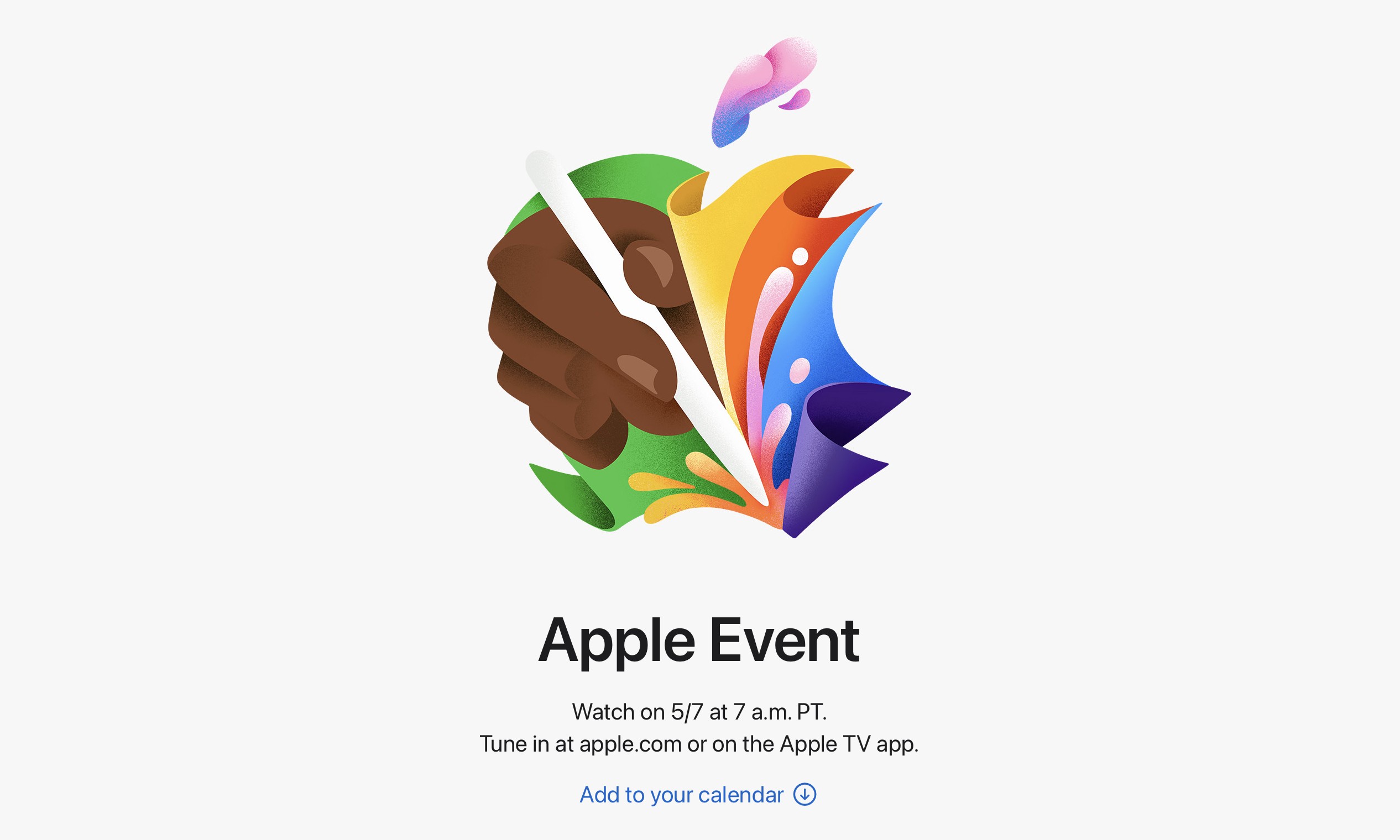How full-stack observability is putting developers on the front foot
[[{“value”:”
Applications and digital services are now the first port of call for consumers to engage with brands, the front door for organizations in all sectors. And as a result, digital experience is without doubt absolutely critical to business success.
Deliver seamless digital experiences on a consistent basis, and consumers will soon become loyal, valuable customers. But get it wrong, and provide a sub-standard digital experience, and customers will walk away en masse, sharing their negative stories far and wide.
These are some of the high stakes which developers are now contending with when it comes to building, launching, and maintaining applications and digital services. They’re on the front line of business, with their work fundamental to overall commercial success.
As a result, pressure is mounting. Not only are developers being asked to dramatically increase release velocity and deliver innovation at accelerated speeds, but they’re also having to ensure that the applications they launch and manage are available, secure and performing at an optimum level at all times.
Unfortunately, in many cases, developers simply don’t have the tools, visibility, and time they need to meet this dual challenge. They’re being stretched to the limit, bogged down in complexity and data noise, and stuck on the back foot, constantly firefighting to identify, understand and fix performance and security issues before they impact end user experience. This is why it’s urgent for organizations to equip their developers with full-stack observability, to regain control and take a more proactive approach to innovation and digital experience.
Developers need visibility into the application landscape to cut through complexity
Evidently, developers need to find a way to work smarter and faster to meet organizational demands for increased release velocity and customer demands for seamless digital experiences.
But this is more easily said than done given the complexity of application landscapes today. The seismic shift towards cloud native technologies in recent years has given developers a greater array of tools to develop incredible, innovative applications and digital services, but it has also led to a massive increase in technical complexity.
Developers are contending with a never-ending stream of new components, new endpoints, and new environments, all interconnected in dynamic and fragmented on-premises and cloud ecosystems. The resulting tech stack is far too complex for developers, or anyone else for that matter, to understand fully without the right tools and visibility. What’s more, having to spend endless hours trying to understand system architecture stands in the way of developers doing what they should actually be doing, which is writing great code, fixing bugs, and ensuring the performance and security of applications.
To overcome this crippling complexity within the IT department, full-stack observability is now essential. It is an evolution and expansion of application performance monitoring, providing a way for developers to quickly and easily look inside systems and their components, right across the technology stack.
It surfaces intelligence about components and their relationships to help developers better create, launch, and manage applications. It does this by gathering and unifying four key datasets: metrics (numeric measurements collected at regular intervals or over a given time span), events (a discrete action happening at a moment in time), logs (strings of text with an associated timestamp describing a system action), and traces (chains of event between different components in an application). Together, these datasets are the raw material for gaining a deeper understanding of systems.
Helping developers to focus on essential workflows and answer key questions
The importance of full-stack observability is less around enabling developers to understand the real-time state of systems; instead, the real benefit is enabling developers to focus on essential daily workflows and eliminating the barriers that stand in the way of rapid delivery and innovation. It provides a mechanism by which developers can answer the questions they face regularly, such as “how do I fix this?”, as well as assisting with key decisions around, for example, adding or deprecating application features and how best to scale applications.
It can also help developers understand the impact changing certain components will have on the overall application or digital service. This is more important than ever, given enterprises’ growing use of cloud-based systems. Reliance on the cloud creates challenges in systems transparency, and observability tools can bring visibility across these environments.
Enabling developers to take a proactive approach to innovation and application performance
With full and unified visibility across their application landscapes, developers will find it easier to understand system functions that occur when making changes to source code, helping to improve their agility and productivity. What’s more, a full-stack observability approach helps developers be much more responsive to issues as they won’t have to firefight issues as they emerge, and scramble to understand root causes and dependencies. Instead, they can focus on the more important question of why something went wrong so they can make sure it never happens again.
Another major benefit is that it helps progress the integration of developer and operational teams. This is because with full-stack observability comes a shared understanding of the IT-to-client context, which helps in everything from issue identification to problem solving, ensuring that everyone pulls in the same direction. It also provides developers with a set of tools for continuous feedback, learning opportunities, and operational intelligence, which helps them deepen their understanding of systems and apply meaningful insights that help them work smarter and faster towards a shared set of business objectives.
Ultimately, the benefits it brings to developers feed through to consumers in the form of improved application performance, uptime, and security. With it in their toolbox, developers are better able to meet the demands being placed on them by digital-first businesses and align their work to core business objectives, helping their businesses to thrive.
We’ve featured the best IT Infrastructure management service.
This article was produced as part of TechRadarPro’s Expert Insights channel where we feature the best and brightest minds in the technology industry today. The views expressed here are those of the author and are not necessarily those of TechRadarPro or Future plc. If you are interested in contributing find out more here: https://www.techradar.com/news/submit-your-story-to-techradar-pro
“}]]

